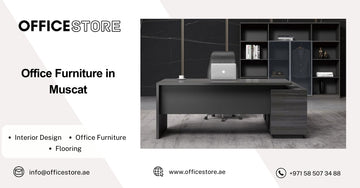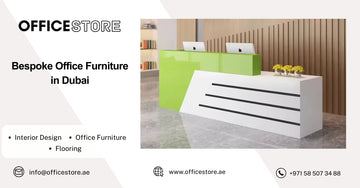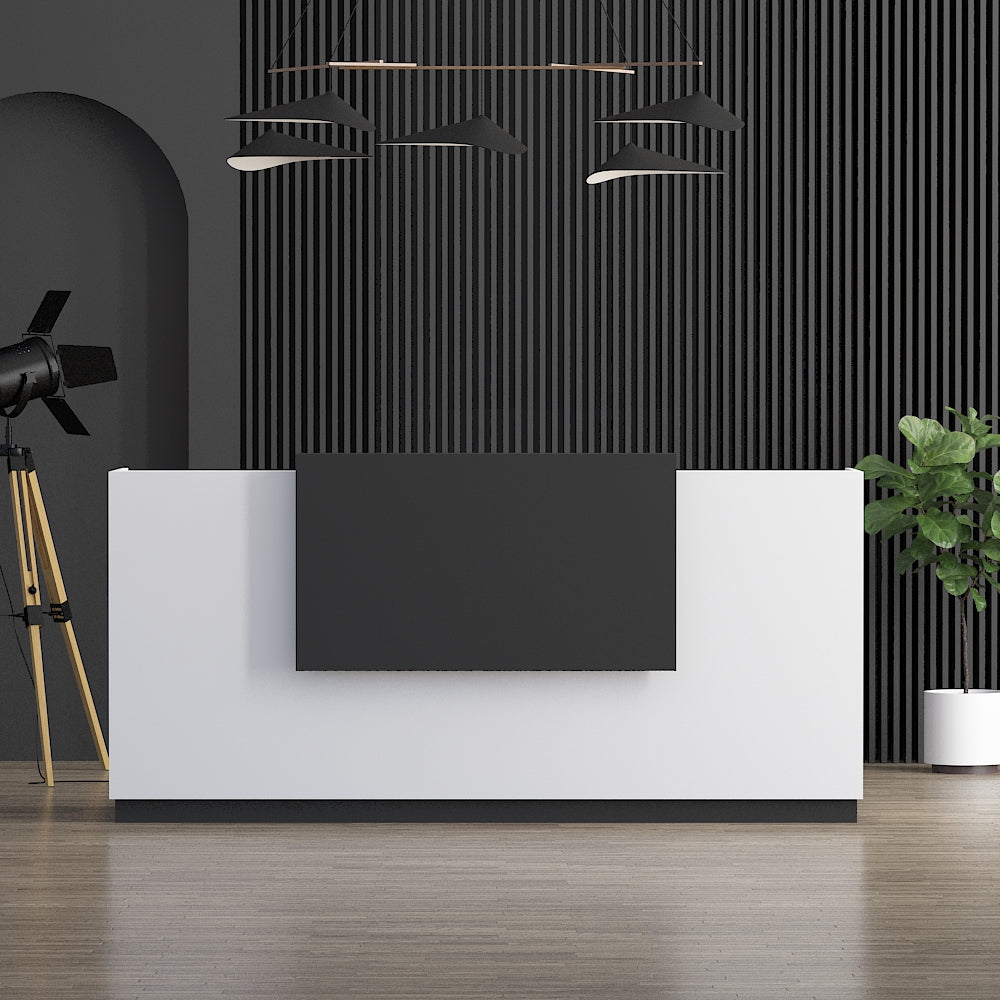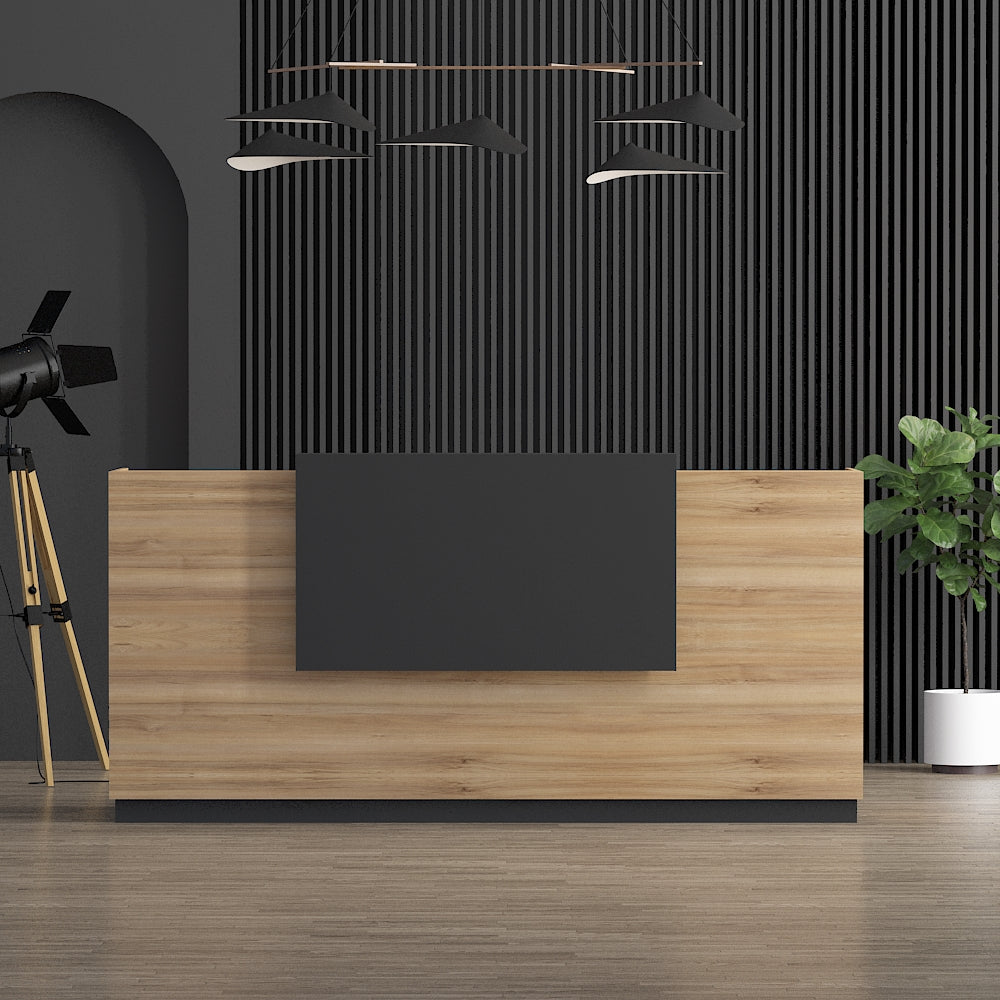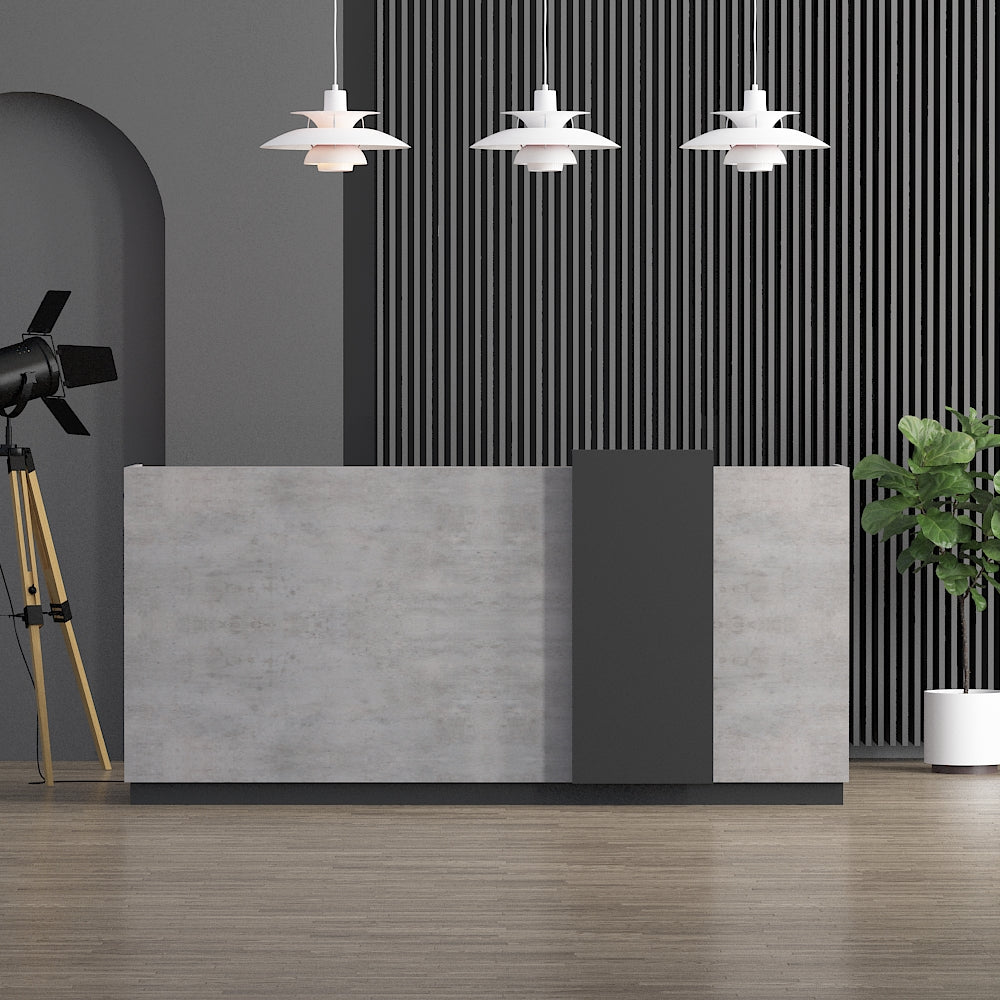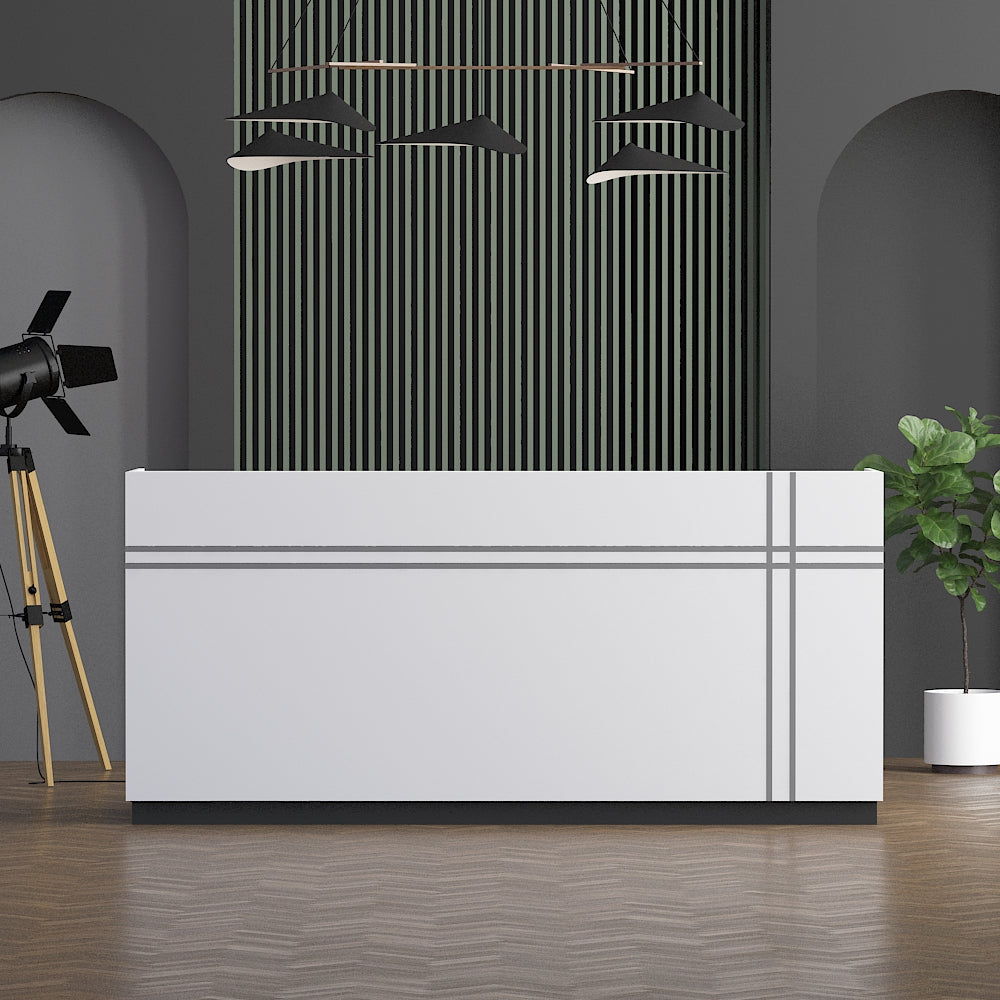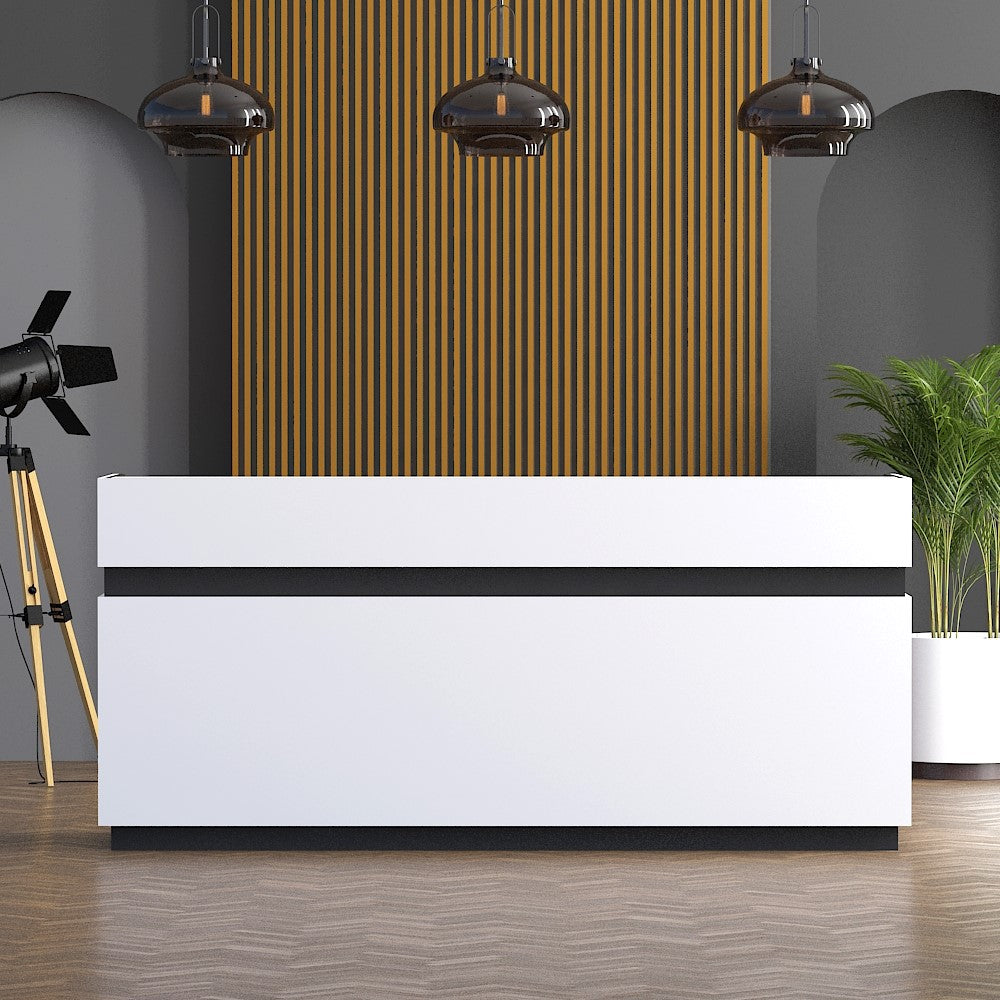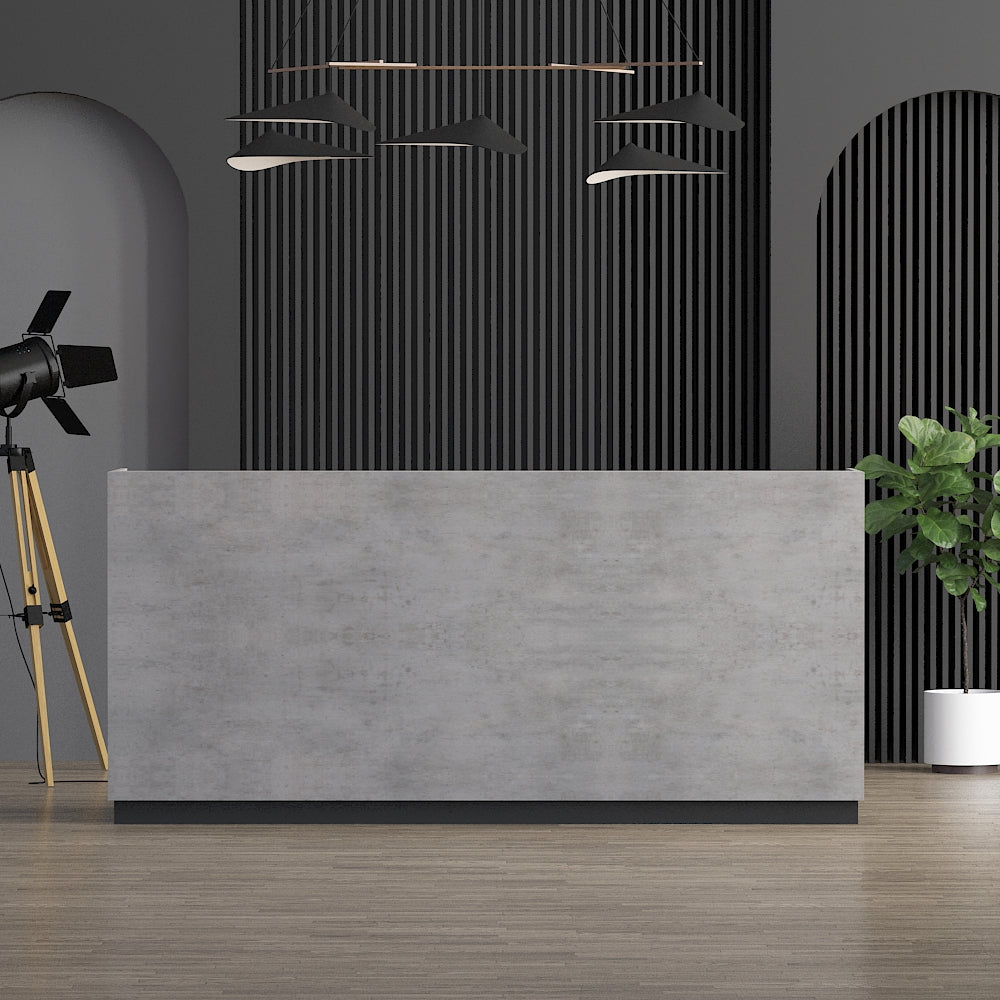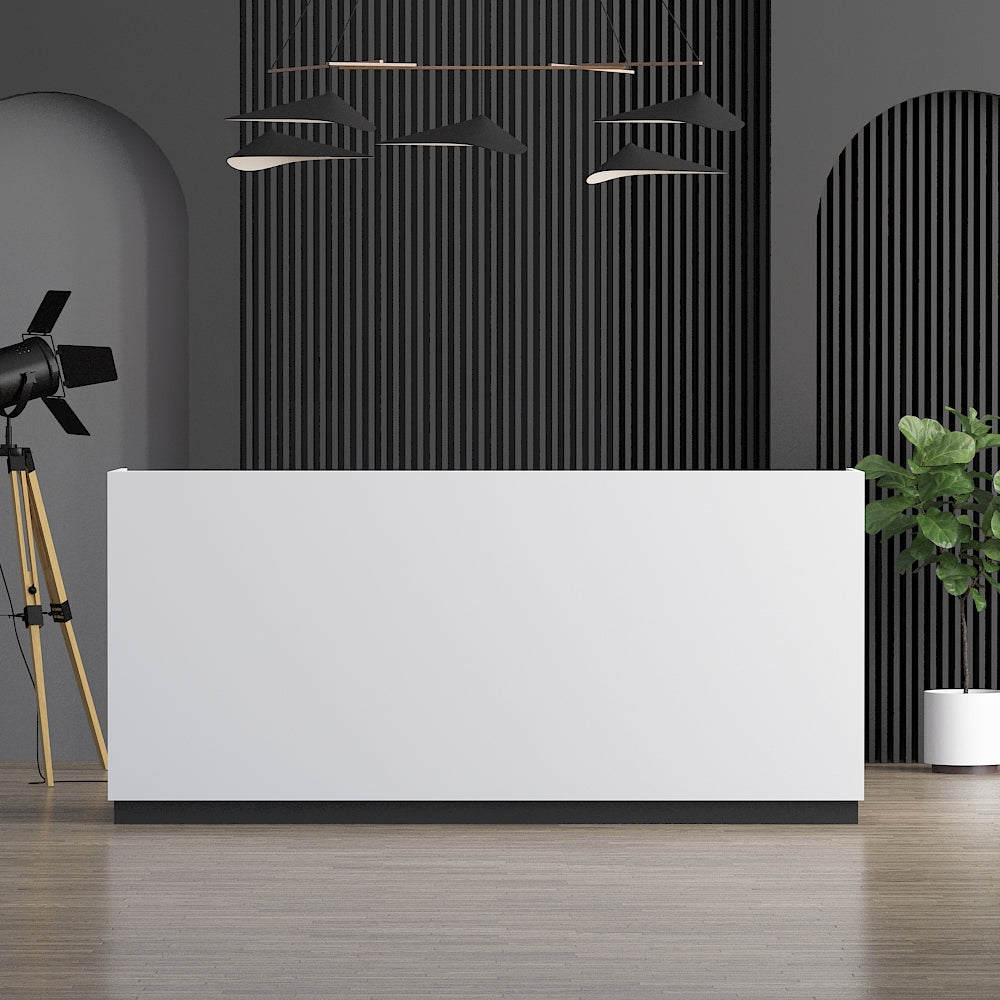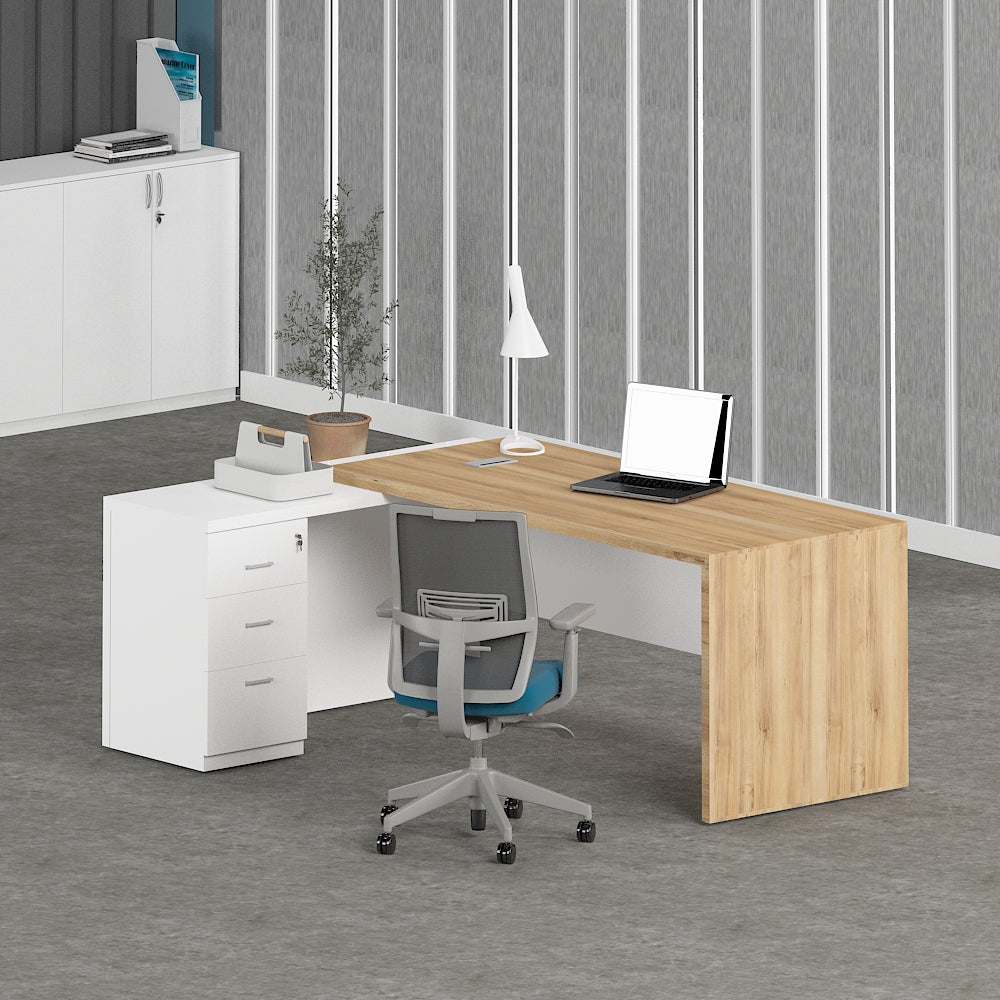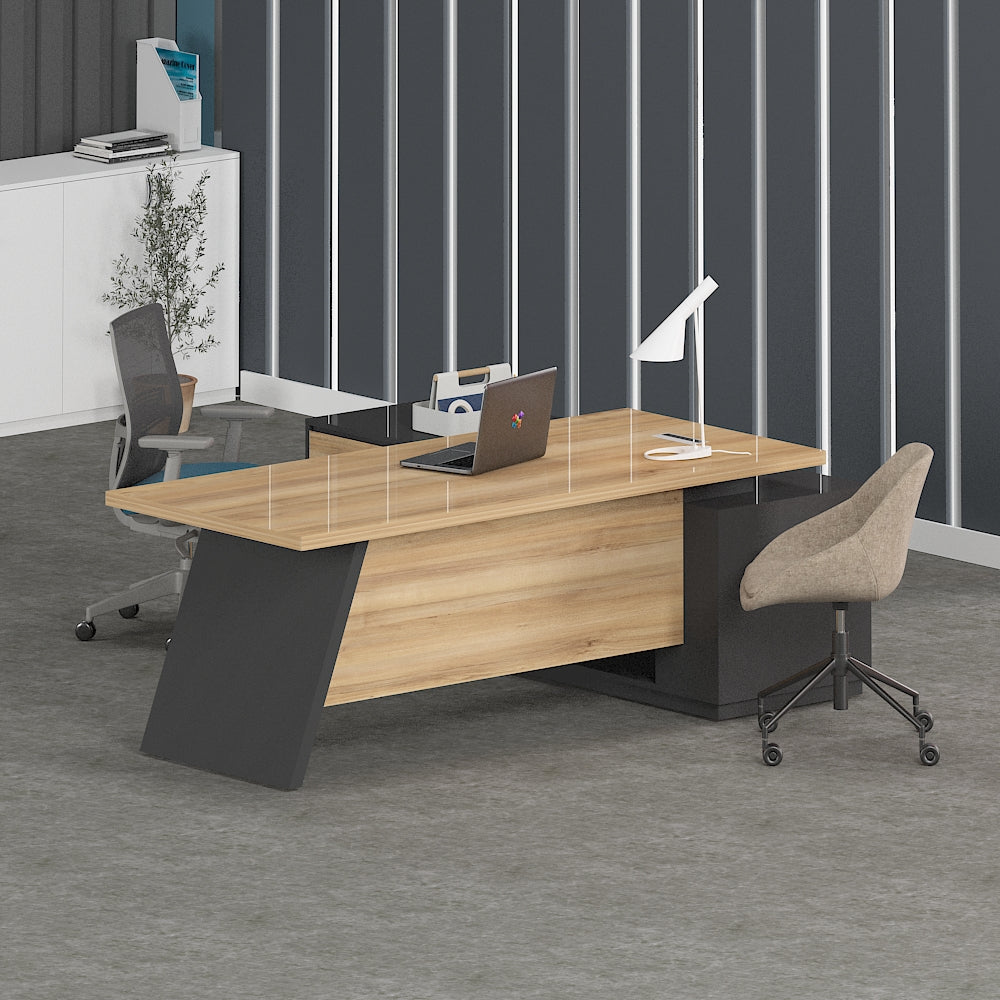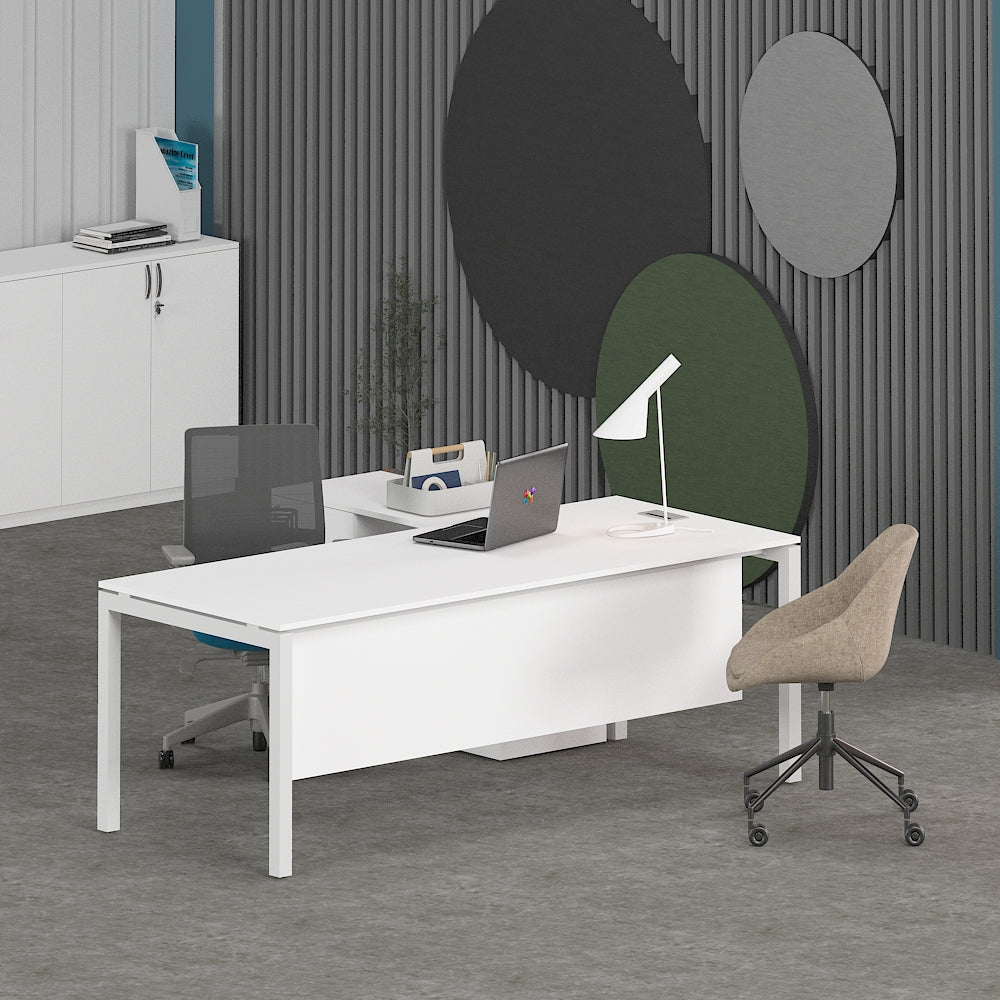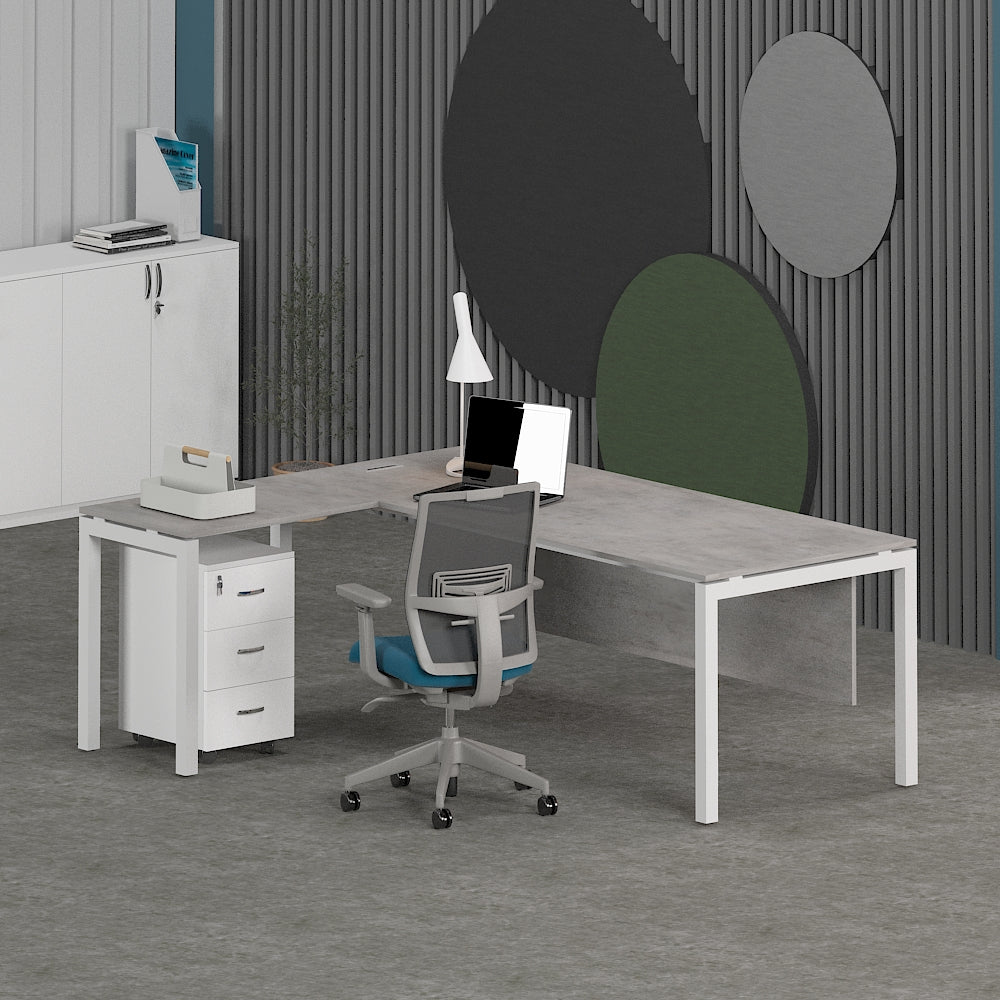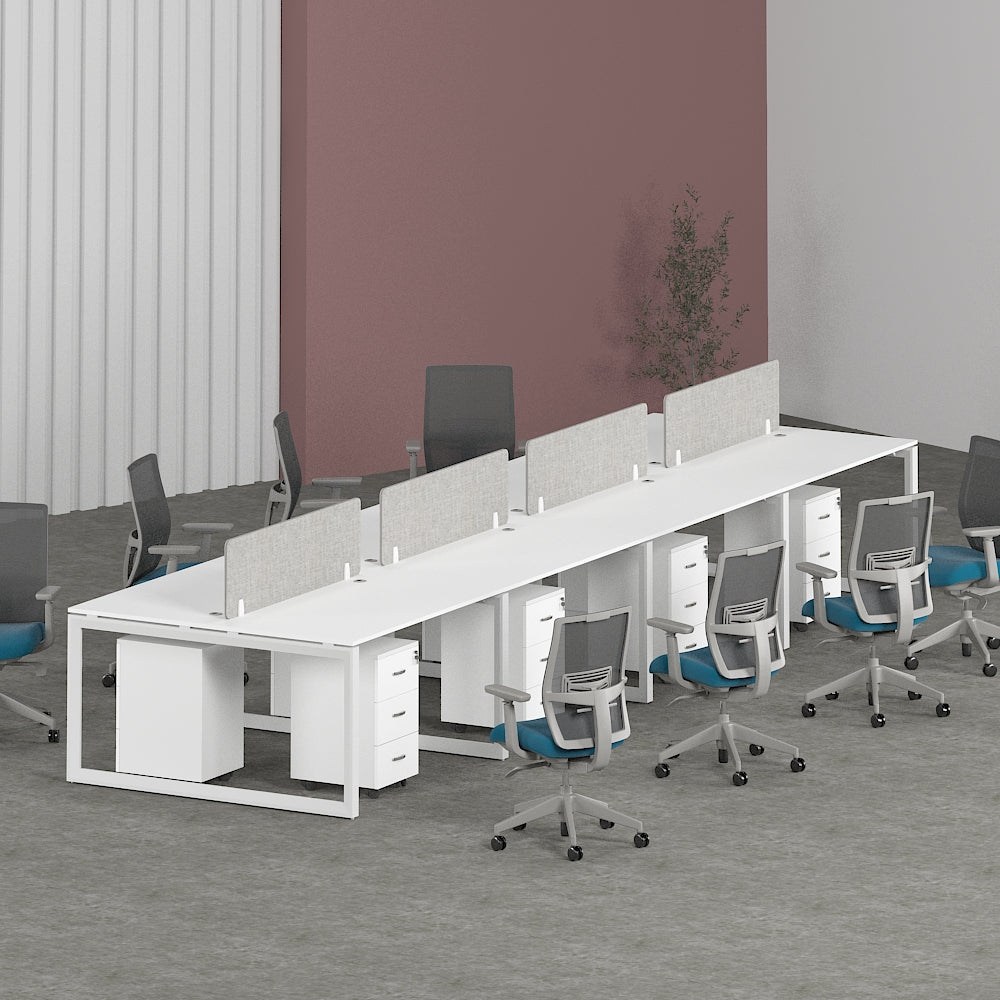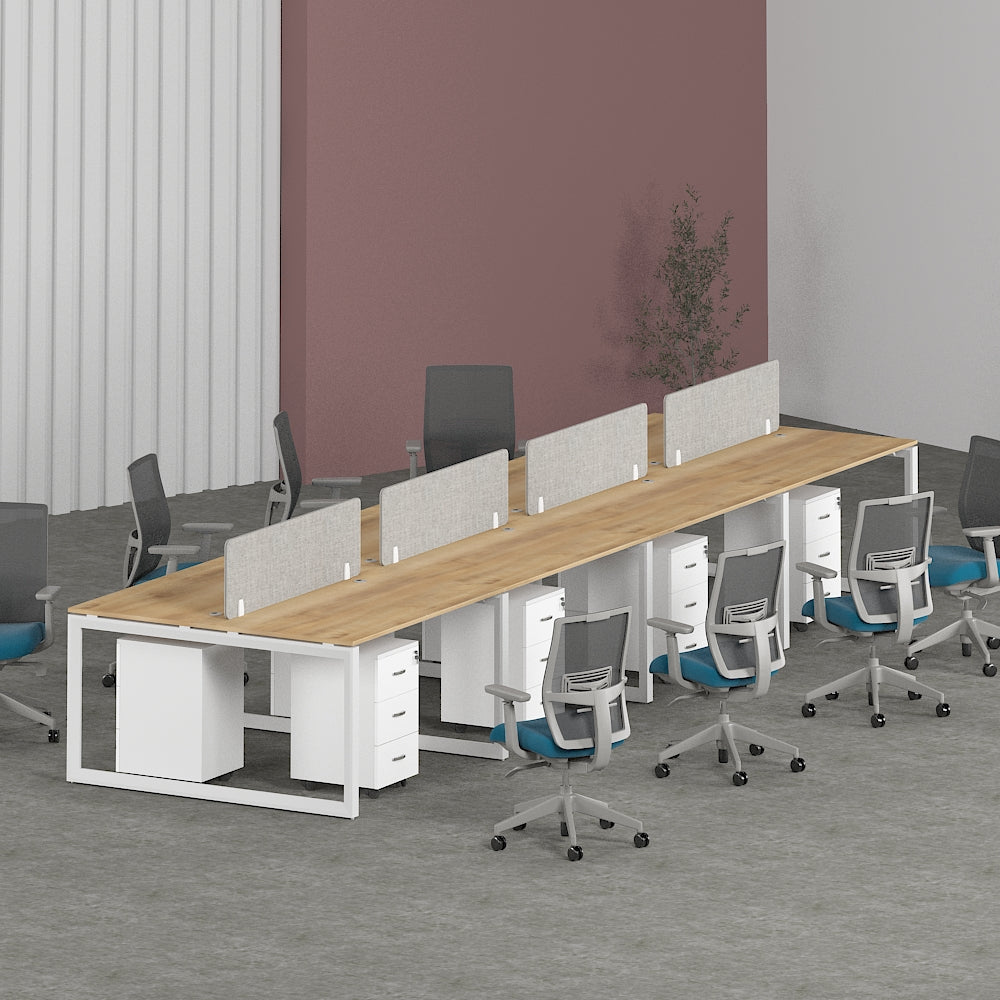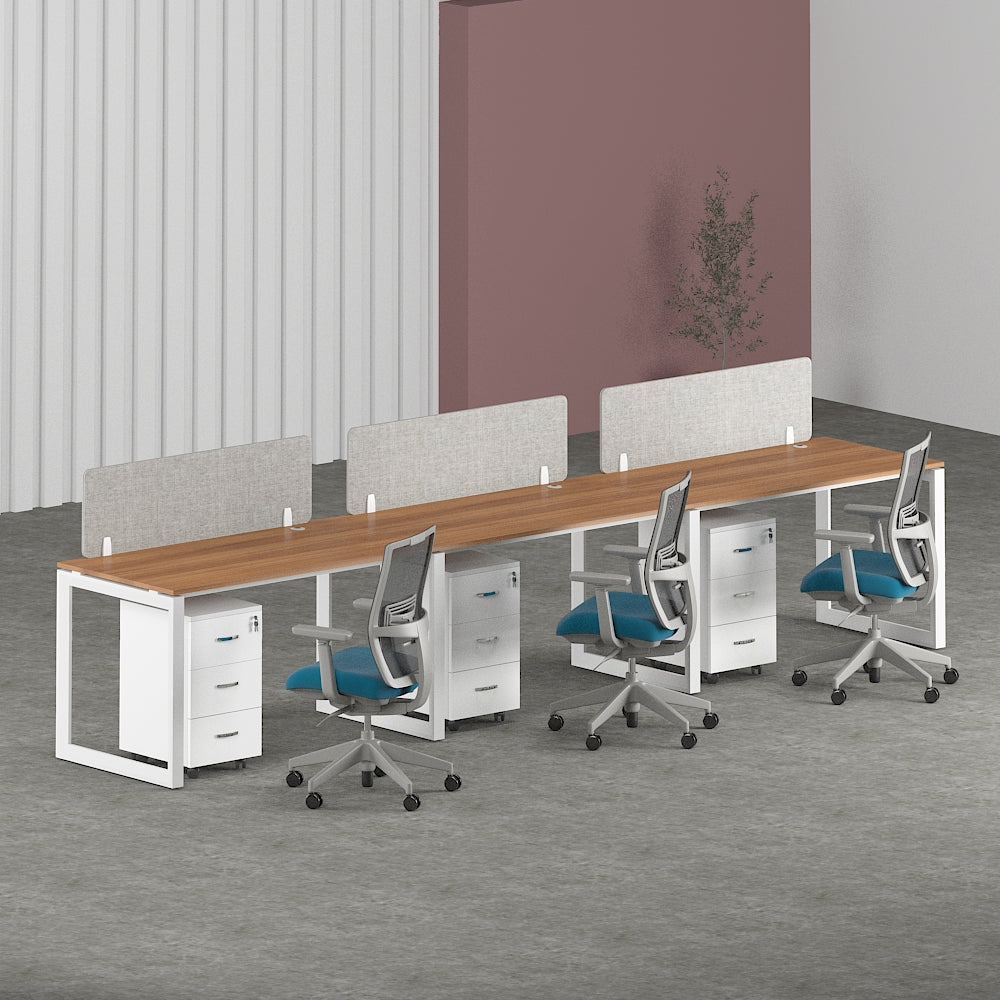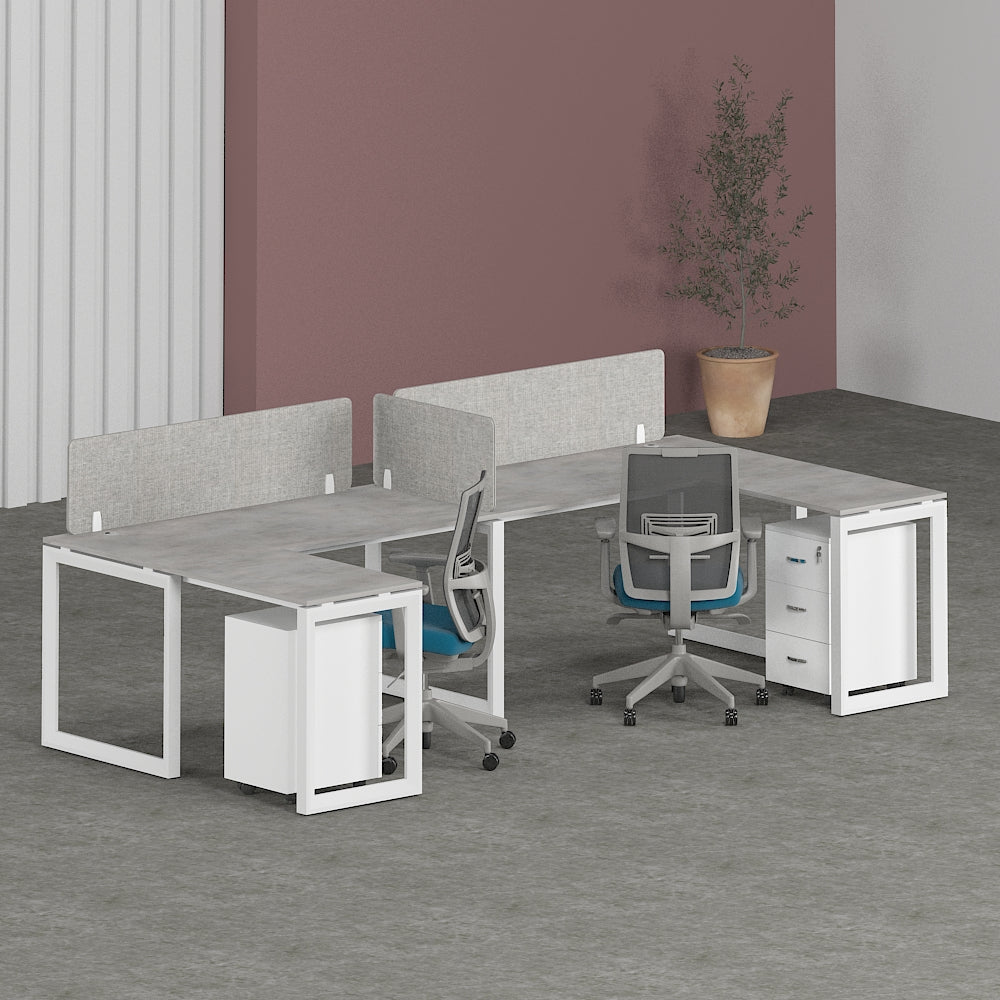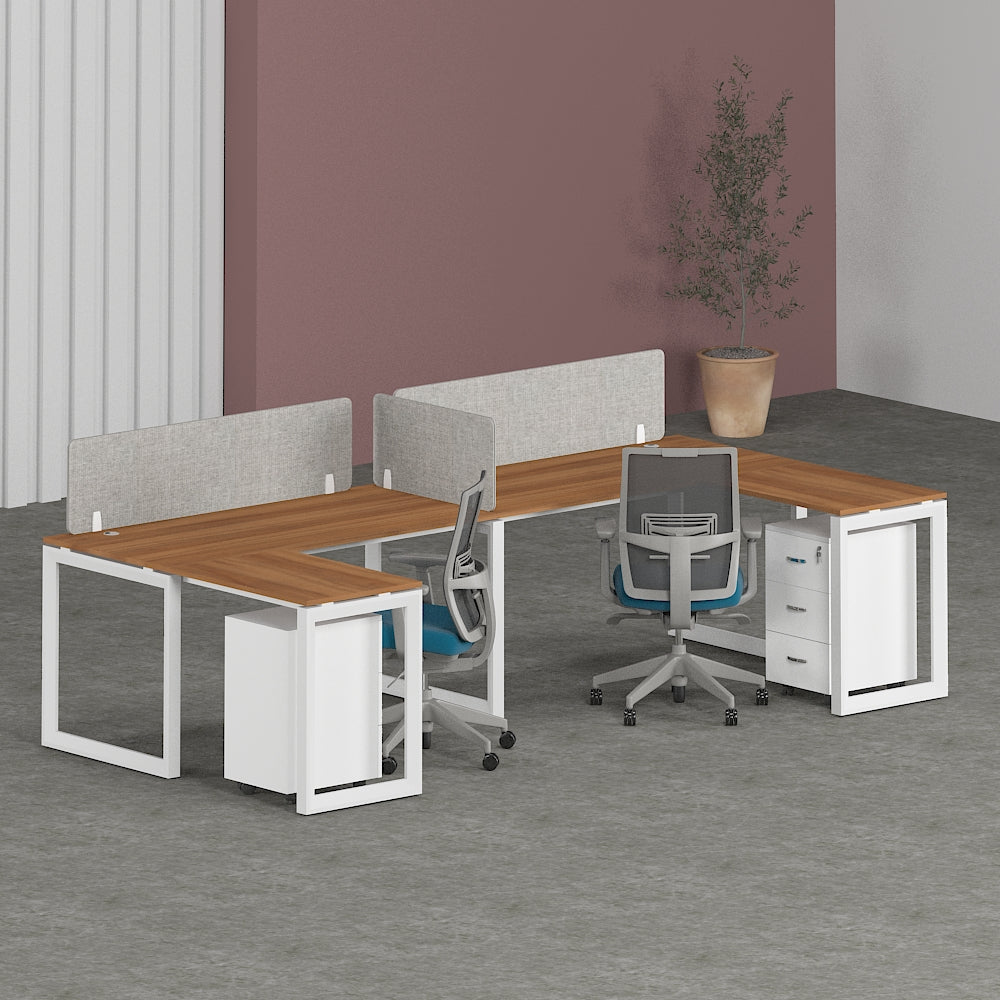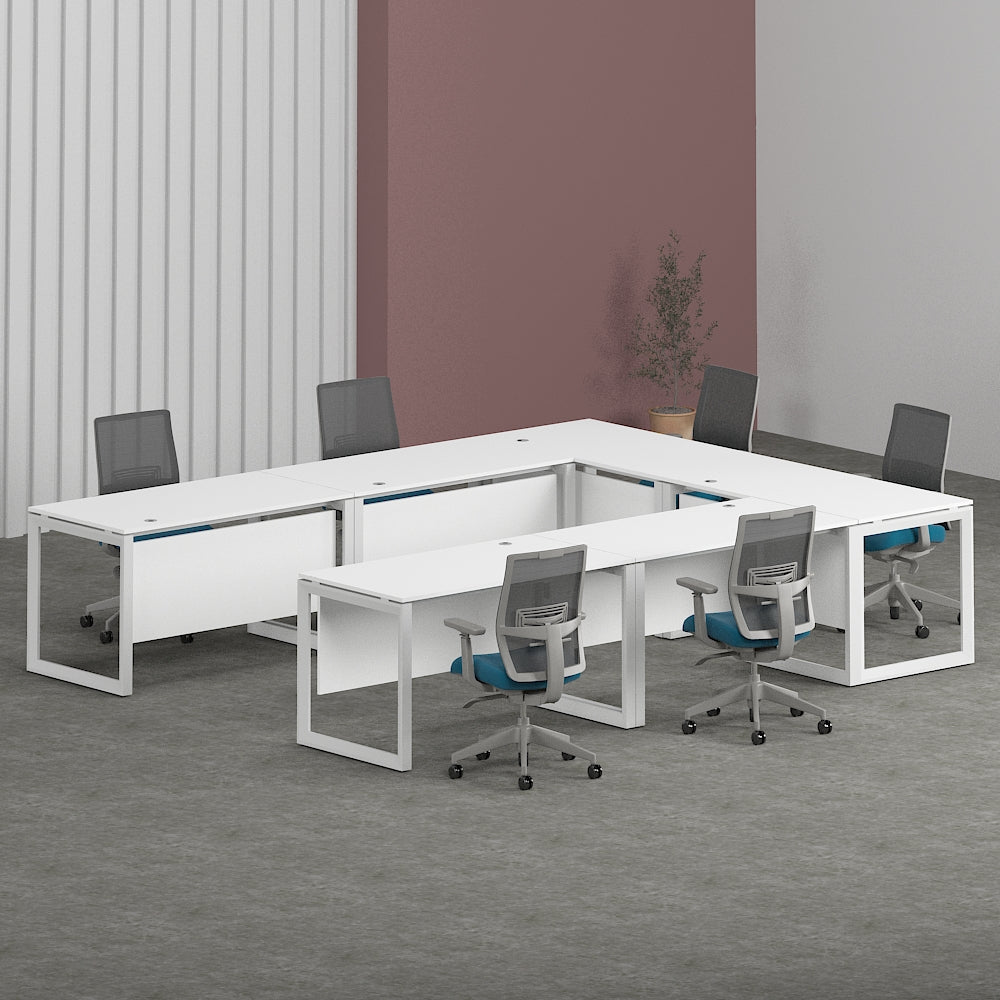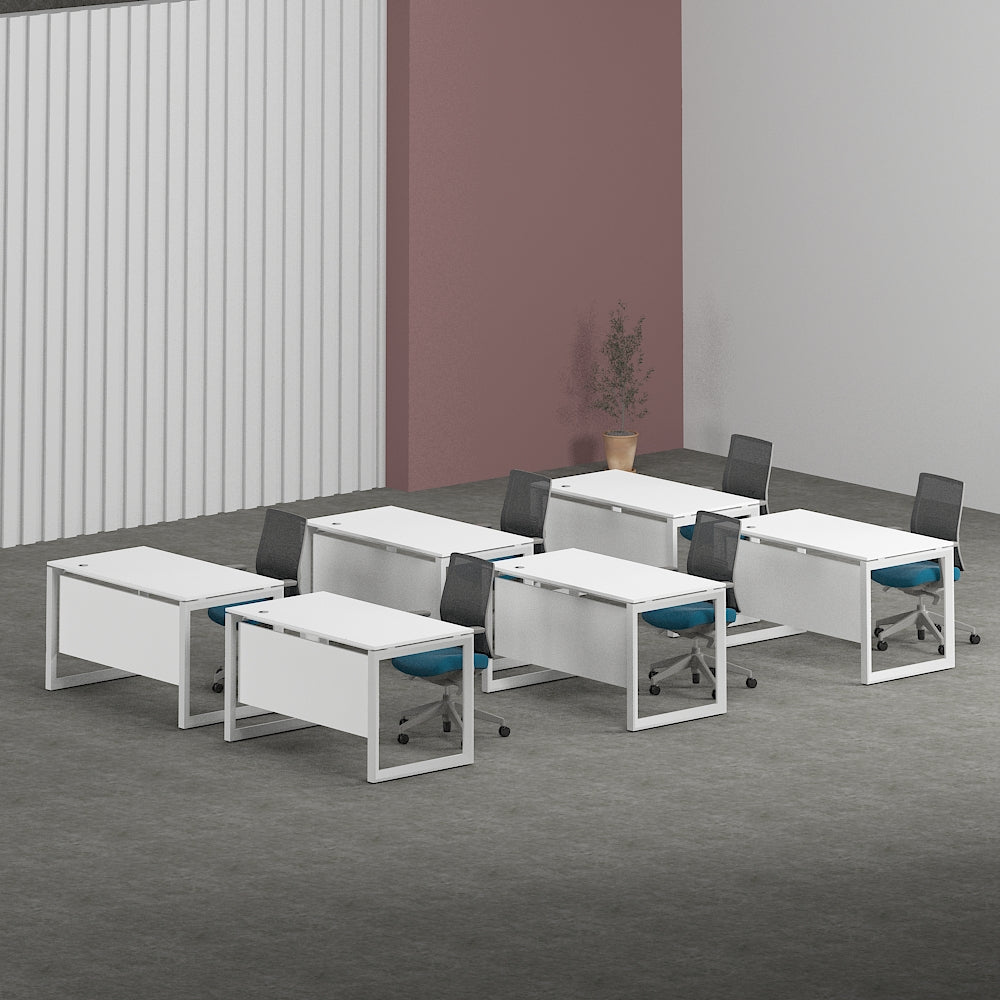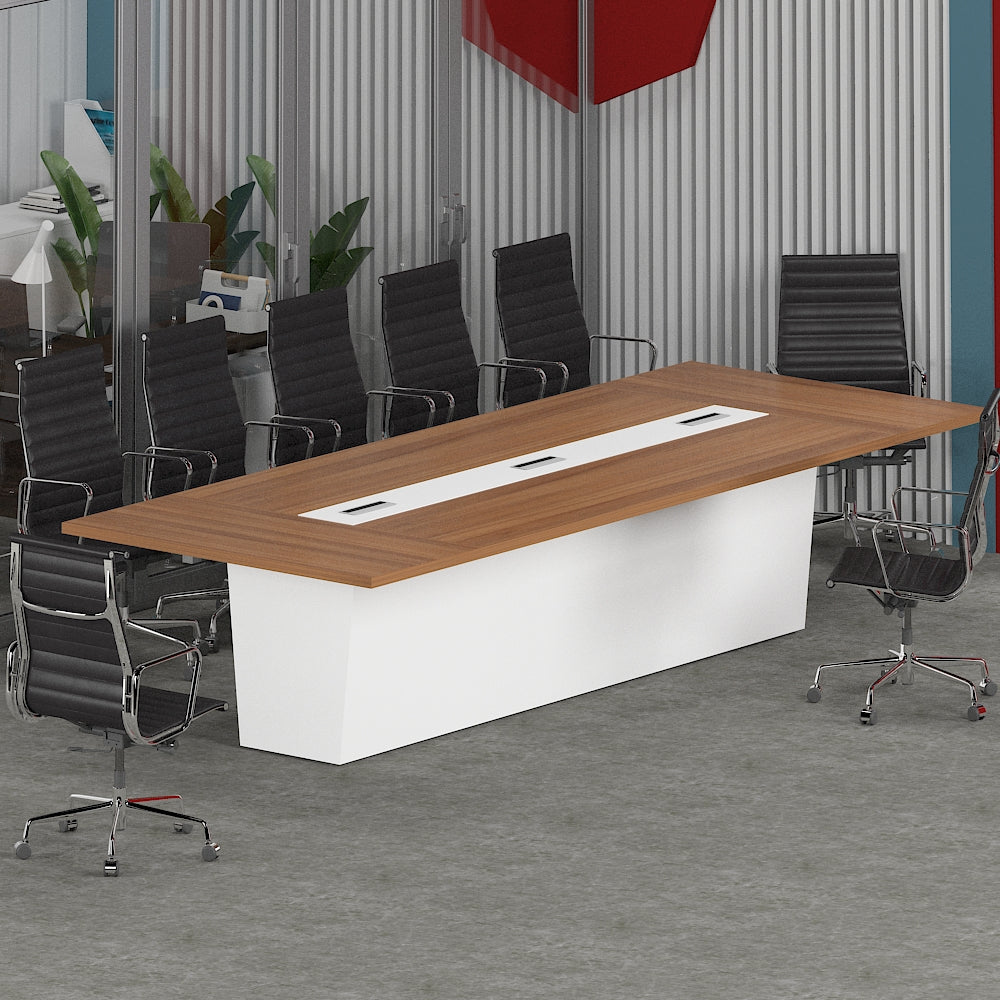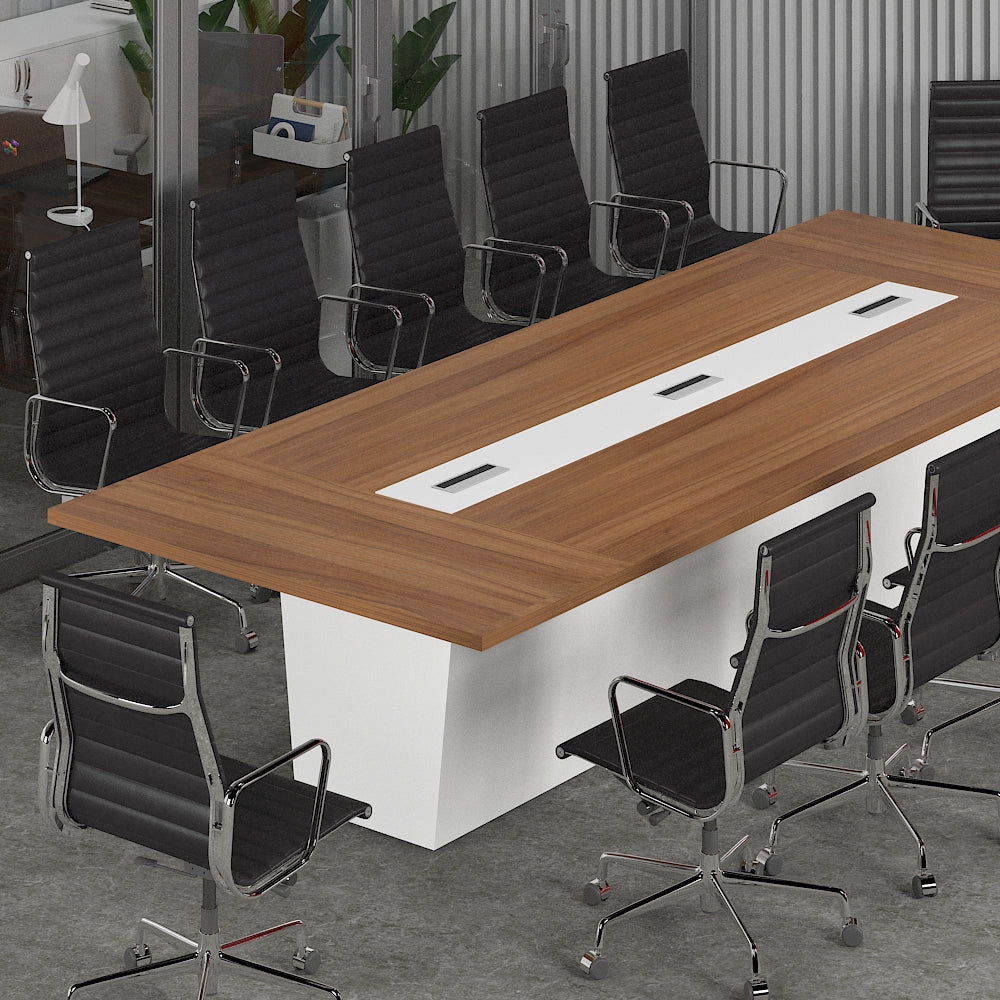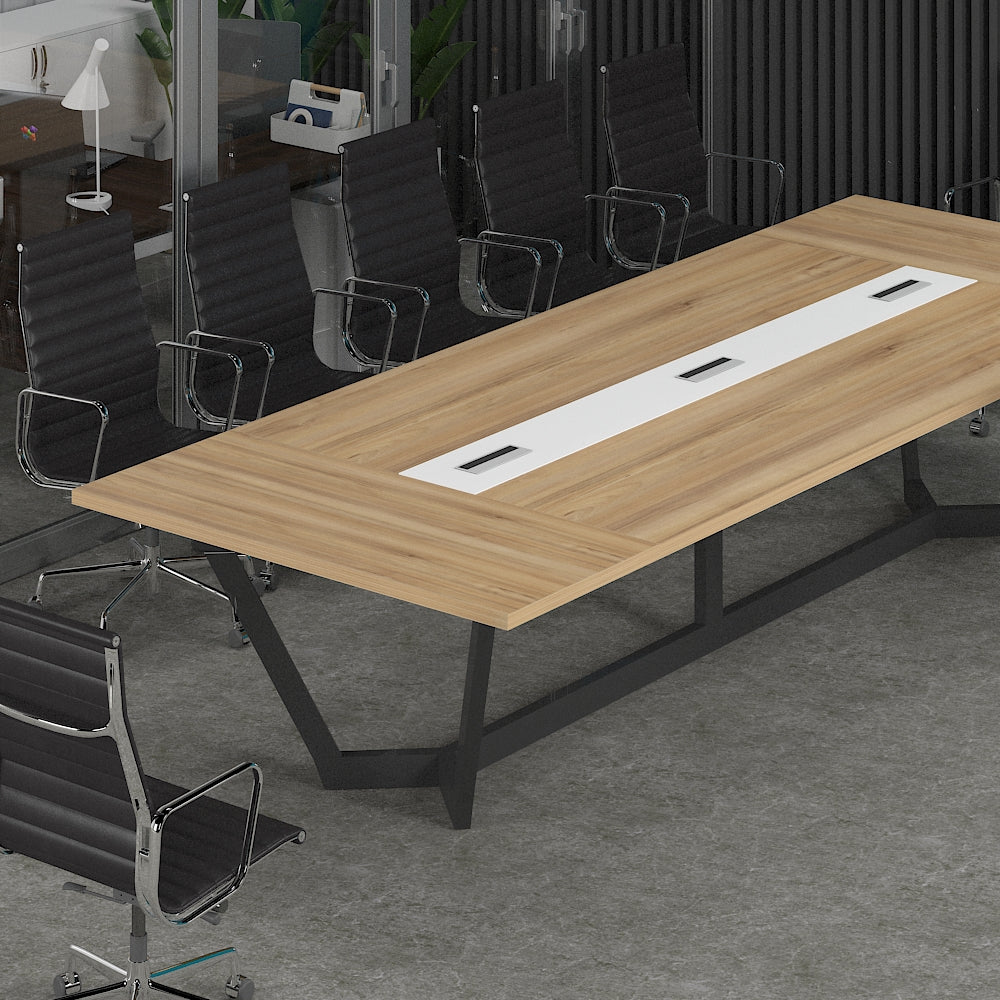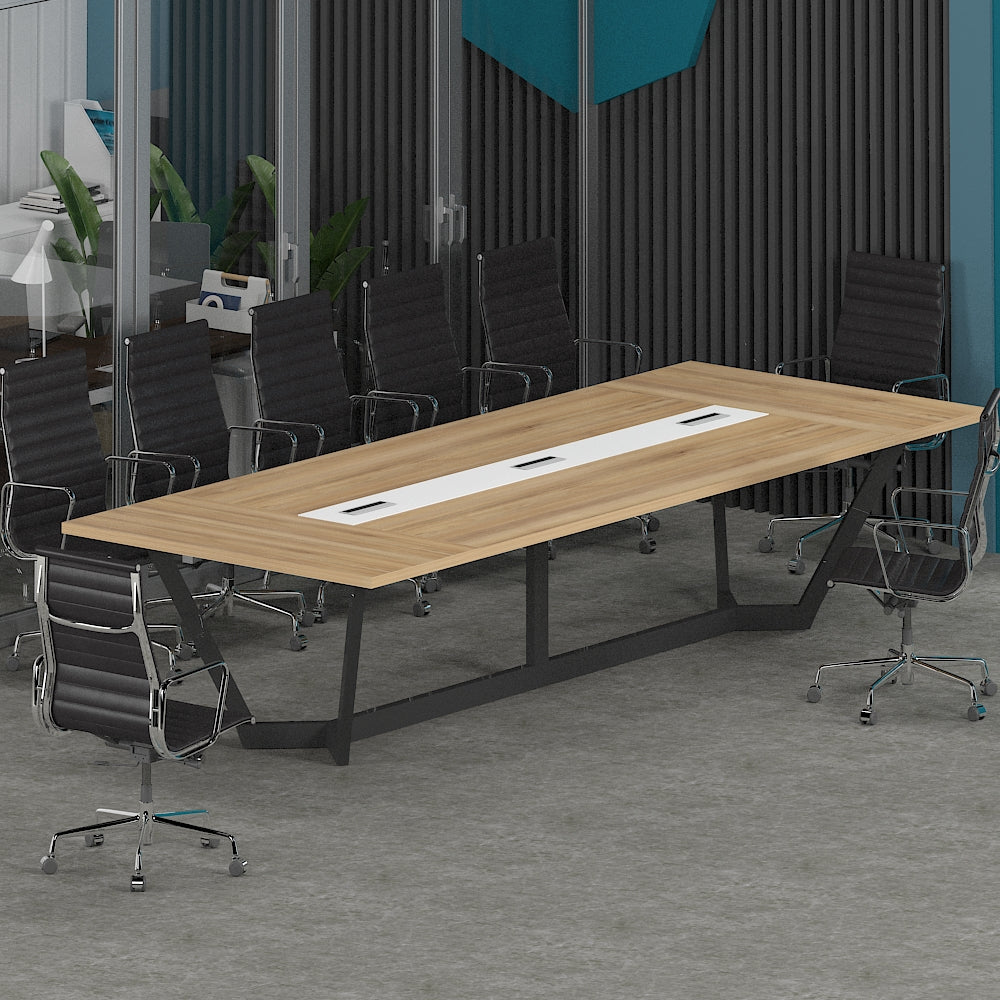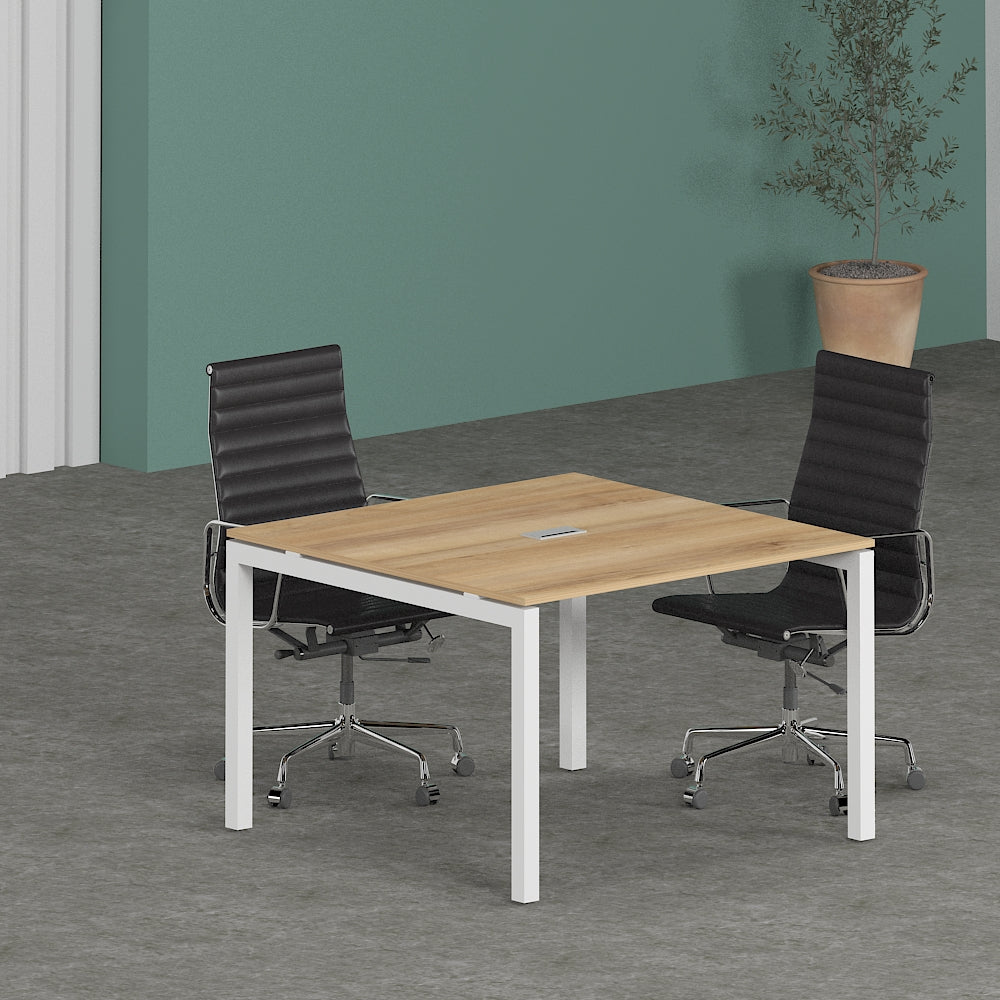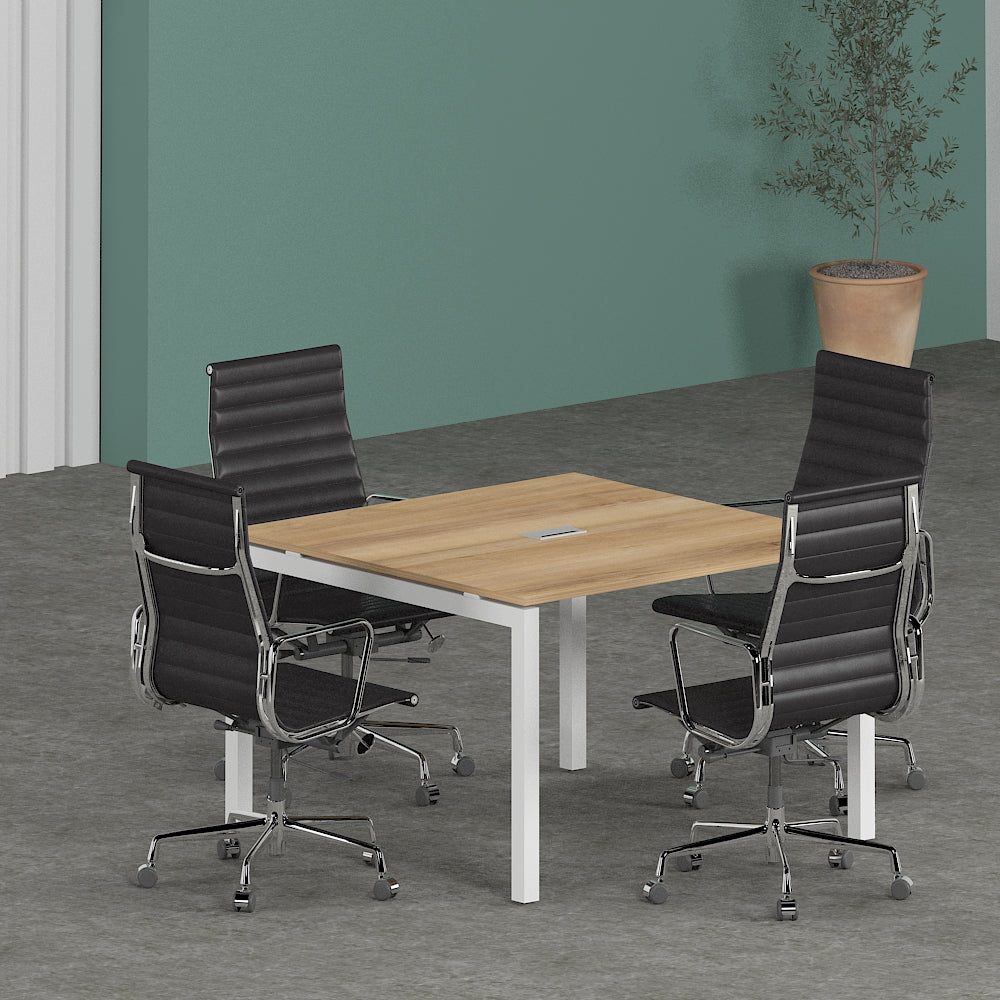Office Design Tips: Creating a Productive and Inspiring Workplace
Welcome to the ultimate guide to optimizing your office space for enhanced productivity, creativity, and employee well-being. Whether you're revamping your current workspace or setting up a new one, implementing effective office design principles can make a significant difference in the way your team works and collaborates. In this article, we'll explore actionable tips and strategies to transform your office into a dynamic environment that fosters innovation and success.
1. Importance of Office Design
A well-designed office goes beyond aesthetics; it plays a crucial role in shaping the overall work experience and organizational culture. Let's delve into why office design matters:
1.1 Enhances Productivity
An ergonomic and thoughtfully laid out workspace can significantly boost employee productivity. By optimizing the office layout and providing comfortable furniture, you can minimize distractions and create an environment conducive to focused work.
1.2 Boosts Employee Morale
A visually appealing and functional office space can have a positive impact on employee morale and satisfaction. When employees feel comfortable and inspired by their surroundings, they are more likely to be engaged and motivated in their work.
1.3 Reflects Brand Identity
Your office design should reflect your company's values, culture, and brand identity. A well-designed office space can leave a lasting impression on clients, visitors, and potential recruits, reinforcing your brand image and credibility.
2. Elements of Effective Office Design
To create an office that maximizes productivity and creativity, consider the following key elements:
2.1 Layout and Space Planning
The layout of your office should promote efficient workflow and collaboration while allowing for privacy when needed. Strategic space planning ensures that every area of the office is utilized effectively, minimizing wasted space.
2.2 Interior Design and Decor
Choose interior design elements and decor that inspire creativity and reflect your company culture. Incorporate colors, textures, and furnishings that align with your brand identity and create a welcoming atmosphere for employees and visitors alike.
2.3 Furniture Arrangement
Select ergonomic furniture that prioritizes comfort and functionality. Arrange workstations to encourage proper posture and movement, reducing the risk of discomfort or injury among employees.
2.4 Lighting and Color Scheme
Optimize natural light where possible and supplement with artificial lighting to create a well-lit workspace. Choose a color scheme that promotes focus and relaxation, taking into account the psychological effects of different colors on mood and productivity.
3. Creating a Modern Office Layout
Modern office design emphasizes flexibility, collaboration, and adaptability. Consider the following strategies for creating a contemporary workspace:
3.1 Open Floor Plans vs. Cubicles
Open floor plans promote transparency, communication, and collaboration among team members. However, balance is key, as some tasks may require privacy and concentration, which can be provided by designated quiet zones or enclosed meeting spaces.
3.2 Collaboration Spaces
Incorporate designated areas for team meetings, brainstorming sessions, and informal gatherings. These collaboration spaces should be equipped with technology and comfortable seating to facilitate productive discussions and idea sharing.
3.3 Flexible Workstations
Provide employees with the flexibility to choose where and how they work. Offer adjustable desks, movable partitions, and alternative workspaces such as standing desks or cozy nooks for focused tasks or relaxation.
4. Incorporating Ergonomic Solutions
Prioritize employee health and well-being by integrating ergonomic solutions into your office design:
4.1 Adjustable Desks and Chairs
Invest in height-adjustable desks and ergonomic chairs that accommodate different body types and preferences. Encourage regular movement and posture changes to prevent discomfort and fatigue.
4.2 Proper Keyboard and Monitor Placement
Ensure that keyboards and monitors are positioned ergonomically to reduce strain on the neck, shoulders, and wrists. Provide accessories such as monitor arms and keyboard trays to facilitate proper alignment.
4.3 Ergonomic Accessories
Consider additional ergonomic accessories such as footrests, wrist rests, and standing mats to further enhance employee comfort and reduce the risk of musculoskeletal disorders.
5. Fostering Creativity and Innovation
A well-designed office can inspire creativity and innovation among employees. Here's how to create a workspace that encourages out-of-the-box thinking:
5.1 Inspirational Design Elements
Incorporate elements of inspiration such as artwork, motivational quotes, and greenery to stimulate creativity and spark new ideas.
5.2 Breakout Areas and Relaxation Spaces
Designate areas for relaxation and rejuvenation, equipped with comfortable seating, soothing colors, and amenities such as coffee stations or quiet rooms for meditation or reflection.
5.3 Personalized Workstations
Allow employees to personalize their workstations with photos, plants, or decor items that reflect their personality and preferences. Personalized spaces can enhance a sense of ownership and belonging, fostering creativity and individuality.
6. Designing for Productivity
To create a highly productive work environment, consider the following design strategies:
6.1 Minimizing Distractions
Identify and minimize potential distractions such as noise, clutter, or excessive foot traffic. Implement soundproofing measures, organizational systems, and clear signage to maintain focus and concentration.
6.2 Maximizing Natural Light
Harness the benefits of natural light by positioning workstations near windows and incorporating skylights or glass partitions to maximize daylight penetration. Natural light not only boosts mood and energy but also reduces reliance on artificial lighting.
6.3 Incorporating Greenery
Integrate plants and biophilic design elements into your office space to improve air quality, reduce stress, and increase overall well-being. Greenery adds visual interest and a sense of tranquility, creating a more pleasant and inviting work environment.
Conclusion
Effective office design is a powerful tool for enhancing productivity, creativity, and employee satisfaction. By incorporating thoughtful layouts, ergonomic solutions, and inspiring design elements, you can create a workspace that supports your team's success and fosters a positive work culture.
FAQs
FAQ 1: How can I optimize my office layout for productivity?
Consider factors such as workflow efficiency, collaboration needs, and individual work preferences when designing your office layout. Incorporate flexible workstations, designated collaboration spaces, and ergonomic furniture to maximize productivity.
FAQ 2: What are some cost-effective ways to improve office design?
Focus on simple yet impactful changes such as decluttering, rearranging furniture, and adding plants or artwork to enhance the visual appeal and functionality of your workspace. Consider DIY projects or budget-friendly upgrades that align with your design goals.
FAQ 3: How do I balance aesthetics with functionality in office design?
Strive for a balance between aesthetics and functionality by choosing design elements that are both visually appealing and practical. Prioritize ergonomic furniture, efficient layouts, and adaptable spaces that enhance productivity while reflecting your brand identity.
FAQ 4: Can office design impact employee satisfaction?
Yes, office design can significantly impact employee satisfaction by creating a comfortable, inspiring, and functional work environment. Thoughtful design choices that prioritize employee well-being and engagement can lead to higher levels of job satisfaction and retention.
FAQ 5: What role does technology play in modern office design?
Technology plays a crucial role in modern office design by enabling flexible work arrangements, enhancing collaboration, and optimizing productivity. Incorporate technology solutions such as wireless connectivity, smart devices, and video conferencing tools to support a modern, connected workplace.


